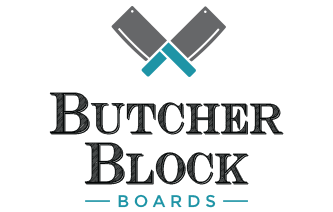
CARE & MAINTENANCE
Butcher Block Care Instructions
A wood Butcher Block is such an impressive part of your kitchen, but to keep wowing your guests, it needs to be well taken care of. Our Butcher Blocks could last decades if thoroughly taken care of.
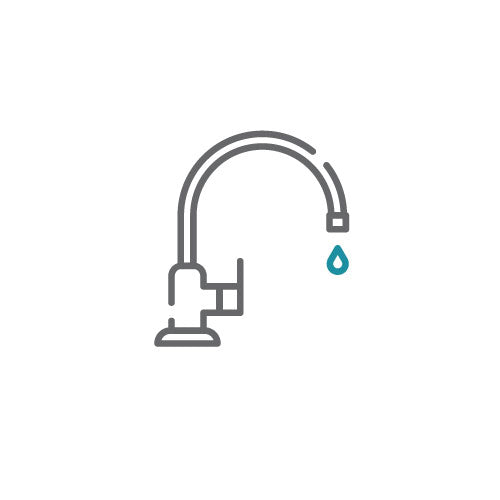
Hand Wash with Dish Towel - Never Submerge
To avoid bacteria, it’s important that you wash your butcher block after
use. Wipe the cutting board with hot soapy water, rinse it with hot water only and just wipe it dry with a clean dish towel immediately after, making sure there are no water drops left on the surface.
Never submerge in water
Do not place in dishwasher or in a microwave

Disinfect & Deodorize using Vinegar
We recommend keeping a spray bottle of vinegar handy to disinfect & deodorize your wooden butcher block. Acetic acid (white vinegar) is an excellent disinfectant for E. coli, Salmonella and other household bacteria. Spray vinegar on the wooden butcher block, let it sit for a few minutes and wipe it with a damp warm cloth.
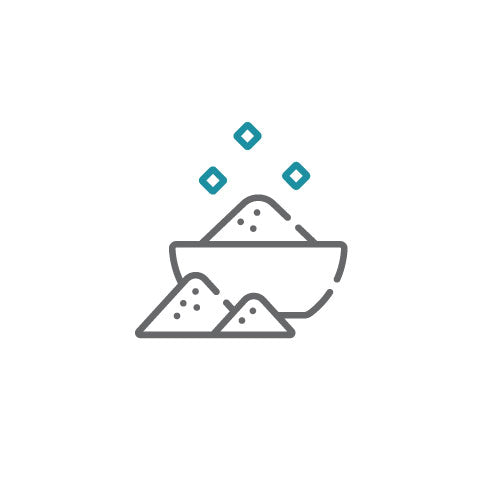
Remove Stains & Deodorize with Baking Soda
Combine 2 tablespoons of baking soda, 1 tablespoon of salt and 3 tablespoons hot water to create a non-toxic cleaning agent. Mix these ingredients together and scrub the entire surface of the cutting board. Finally, wipe it with a warm wet cloth and dry with a dish towel. Especially useful for wine or berries stains.
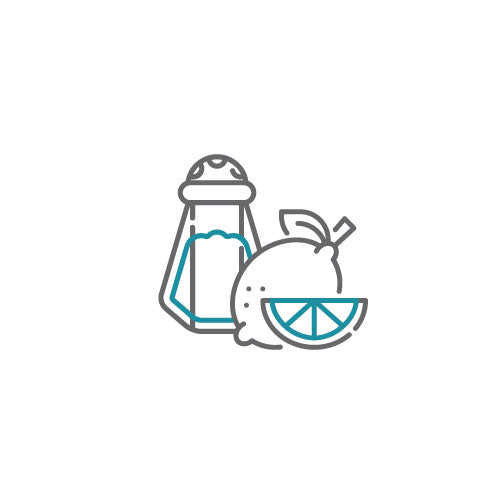
Clean with Coarse Salt & Lemon
For an all-natural clean, first try dampening the wood cutting board with a warm cloth and sprinkling coarse salt over it. Cut a lemon in half and scour the cut side of the lemon over the board while slightly squeezing the lemon juice out. Let it stand for five minutes and use a scrub brush to remove the excess.
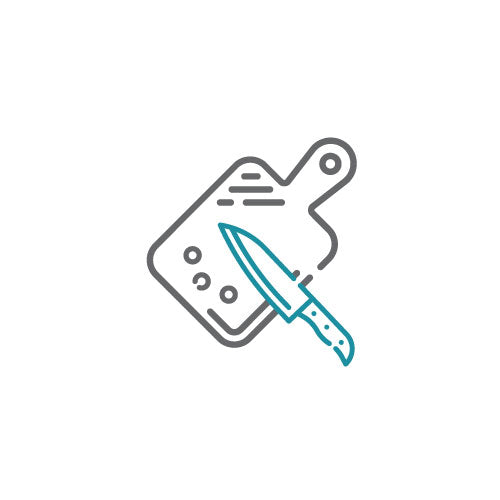
Refurbishing Wood Butcher Blocks
It’s hard to avoid knife marks from accumulating on your cutting board over the
years. The wonderful thing about a butcher block is that it can be returned to its
original splendor. All you need is three different grits of sand paper (100, 180 and 240). First sand the board with the coarser 100 grit, then the 180 and finish with the fine 240 grit. Once you are done with sanding, wash the board, let dry and apply conditioner.
Butcher Block Conditioning Options
We recommend treating the board frequently in order to repel food particles and prevent stains and cracks from happening. It’s best to treat the board at least once a month and twice a month if used often.
It’s important to make sure the Butcher Block is clean and dry
before applying conditioning.
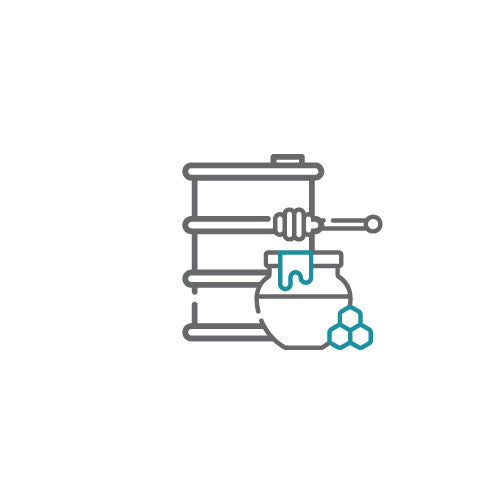
Beeswax and Mineral Oil
You can combine mineral oil and beeswax in order to obtain the penetrating qualities of mineral oil, with the sealing qualities of beeswax.
1. In a small saucepan, measure 1/4 cup of beeswax (chunked for quicker melting) and 1 cup of mineral oil. Stir constantly on low heat until the beeswax is completely dissolved. If temperature is too high, the beeswax will discolor.
2. Remove from heat and let stand for a minute, then pour in a sealed jar and let cool for a few hours, stirring once or twice every hour to ensure it is well blended.
3. Using a small cloth, rub the paste on board until absorbed and let it stand for 5-15 minutes. With a clean cotton cloth, buff in a circular motion until the finish is smooth.
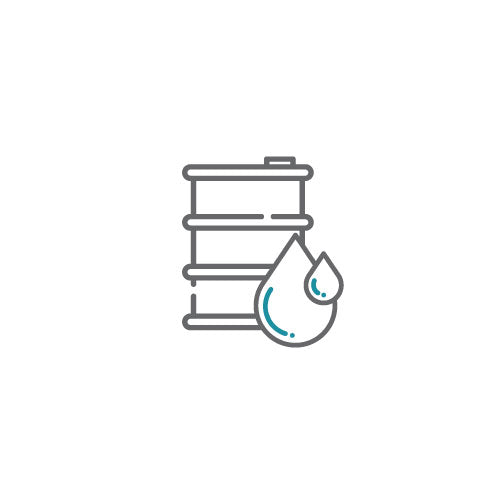
Mineral Oil
Mineral oil is the most commonly used option because it is a safe and cost effective way to keep your wood cutting board looking great for years. Food safe mineral oil can be purchased at your local drug store or major retailer. Apply the mineral oil using a clean cloth and spread evenly over the board. Let the oil set in for a few hours, or even let it set overnight if you can. Afterward, wipe the excess oil off using a dry cloth.
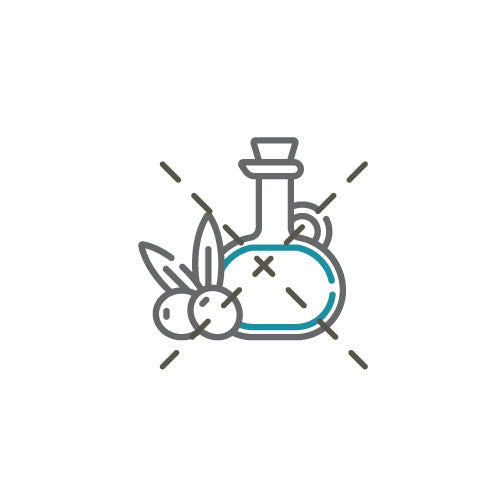
Avoid Vegetable or Nut-Based Oil
Do not use vegetable or nut-based oil on your cutting board for the simple reason that it will spoil and become rancid. This will leave your wood cutting board with an unpleasant smell that will also noticeably change the taste of the food you are preparing.
